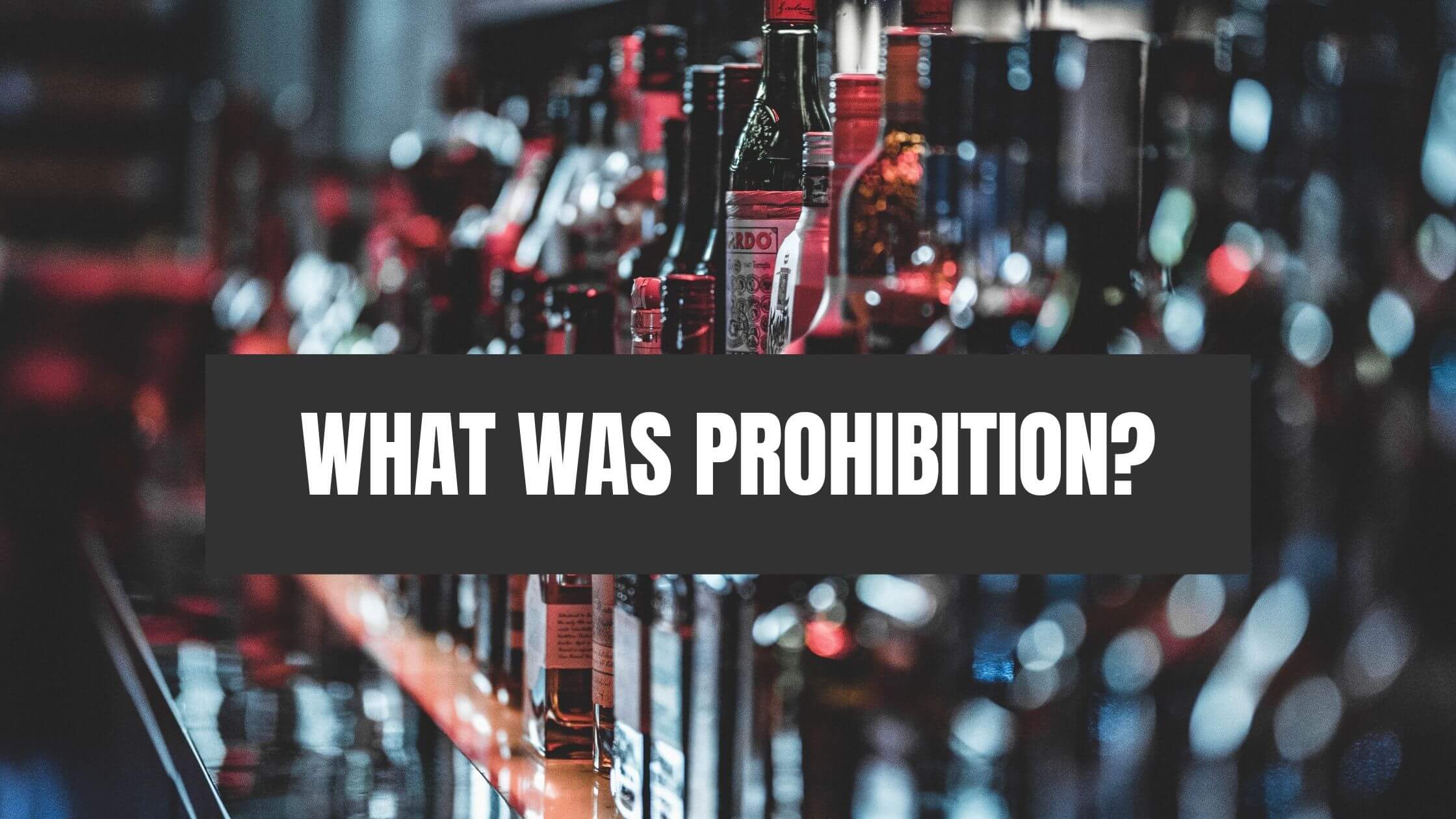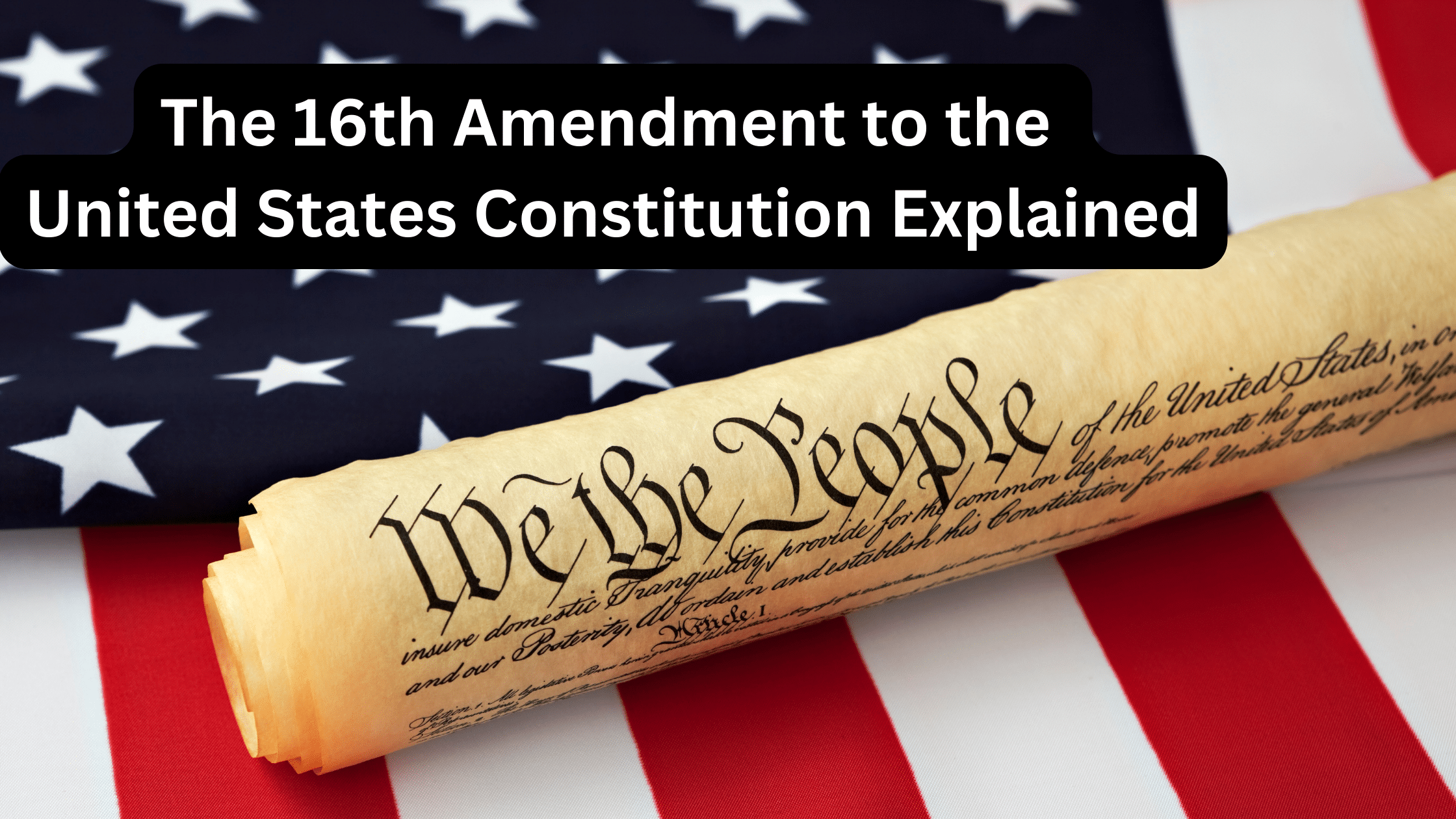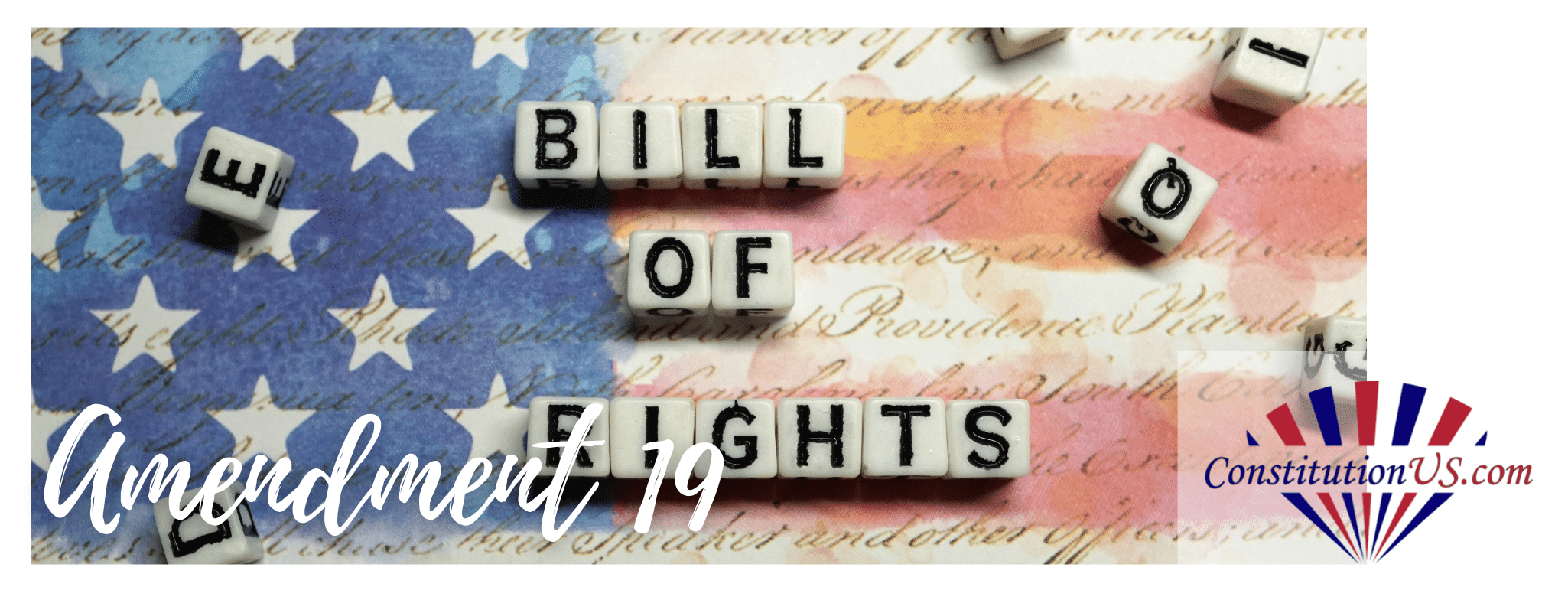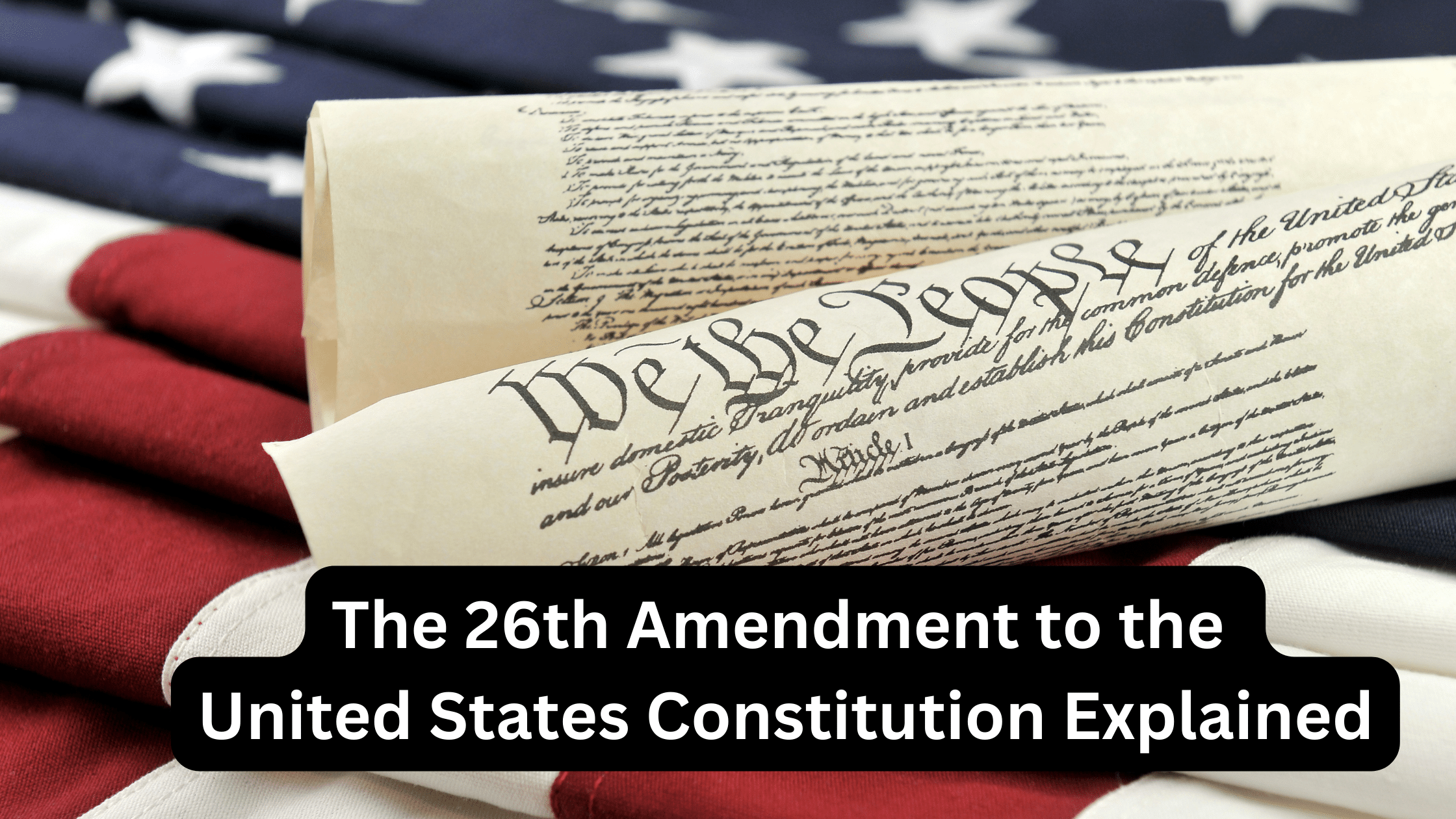Table of Contents
ToggleWhen we think of the 1920s in America, we often use the term “Roaring Twenties.” This was a time when the nation was said to be thriving in comparison to the Great Depression of the 1930s. We take the aesthetics of the speakeasies and the jazz scene and apply them to modern homages. Beneath all this was prohibition. What was the prohibition era? What was its goal, and how did it impact the nation?
The Prohibition Era
The prohibition era was a period of 13 years in which the manufacture, sale, and transportation of alcohol were forbidden in the United States. Those in favor of prohibition and the temperance movement wanted to improve society by prohibiting the supply of alcohol.
Yet bootleggers and speakeasies soon appeared, and the publicized benefits weren’t as black-and-white as advertised. The period was problematic for citizens and law enforcement, with high crime rates and no shortage of bootleg drinks. It all ended in 1933 with the repeal of the Eighteenth Amendment to the United States Constitution.
When Did Prohibition Start?
The prohibition era is the period between 1920 and 1933. On January 17th, prohibition laws came into effect, and the nation had to halt activities now deemed illegal. However, the law came about from a broader movement that had been influential for almost 100 years.
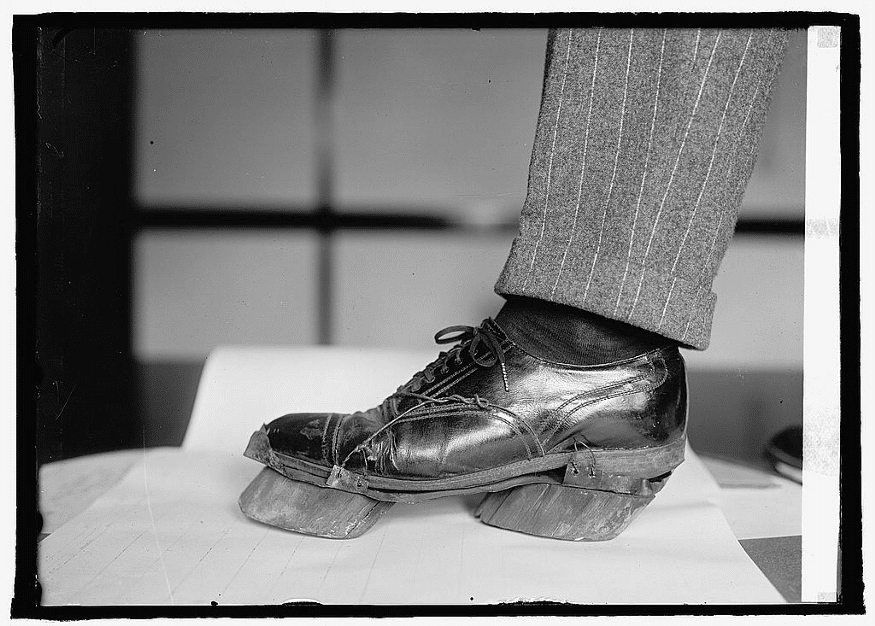
The American Temperance Society was founded in 1826 and encouraged people to turn away from the consumption of alcoholic beverages. Many members were women, tired of dealing with drunken family members. The Women’s Christian Temperance Union was established in 1873. Shortly after, Kansas outlawed alcoholic drinks in its constitution.

Get Smarter on US News, History, and the Constitution
Join the thousands of fellow patriots who rely on our 5-minute newsletter to stay informed on the key events and trends that shaped our nation's past and continue to shape its present.
The Eighteenth Amendment
While the laws around prohibition and policing were problematic, and we know this as a relatively short “era,” it did see the Constitution amended. The Senate proposed a ban on December 18th, 1917, with arguments in favor focused on health and public order. The motion was approved and eventually ratified by 36 states by January 16th, 1919. A year’s grace period was given to help people prepare for a dry country.
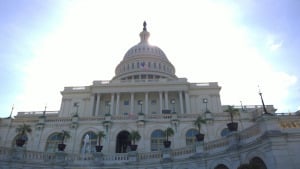
The measure was also known as the Volstead Act. The finer details of this act prohibited the “manufacture, sale and transportation of intoxicating liquors.” This term was important for those looking for loopholes or ways to profit from the era.
What Were the Benefits of Prohibition?
One of the reasons for bringing in the alcohol prohibition law was to improve society. There were hopes that less drunken behavior would mean less violent crime, better relationships for those women of the temperance movements, and more productivity in the workplace. There was also the assumption that people would be healthier.
There were beneficial changes regarding the latter. There was a decline in the death rates associated with drinking, such as cirrhosis of the liver, and fewer cases of alcoholic psychosis. There was also a change in the workplace with a decline in absenteeism. However, the social and crime implications weren’t as straightforward.
What Were the Downsides?
An interesting side effect of the prohibition laws concerned the use of alcohol in medicinal products. Alcohol was still in use as a prescribed remedy. Doctors appealed for a change in the laws relating to medicinal liquors.
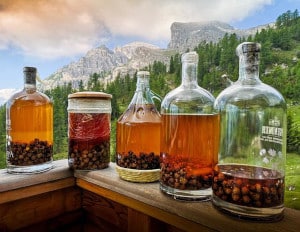
The other downside was the increase in crime in the country. A big part of this was a rise in organized crime, where gangs could add bootlegging and black market sales to their list of services. This market was dangerous and led to more criminal activity. One study shows that violent crime and homicide rates increased. There was also a rise in drug addiction, seemingly as people switched to a new high.
An intriguing statistic from the time is that the federal government opened 7,291 cases for Volstead Act violations in the first half of 1920 alone. The ideas behind prohibition were popular within certain movements, but not with the citizenry as a whole or even with state governments.
Upholding the 18th Amendment
One of the most well-known things about the prohibition era is how people would try to circumvent the law. In addition to bootlegging and an increase in organized crime, the speakeasy was gaining in popularity. This was a place where people could come and socialize and still obtain alcoholic drinks.
A perhaps less-known aspect of this law is that it wasn’t fully upheld or easy to police. It wasn’t the same as federal laws that carry strict rules and punishments across all states. Instead, the Volstead Act stipulated that states were required to enforce the law within their borders. This encouraged Maryland and New York to ignore prohibition in favor of more important matters.
Another misconception is the idea that the whole nation was completely dry due to the law. There were those major issues regarding the sale and manufacture of alcohol in the United States. However, there was nothing to stop people from drinking alcohol that had been produced prior to the prohibition being introduced. Wealthy citizens stocked their wine cellars to the brim.
The End of Prohibition
Considering all the problems experienced with the crime rates and difficulties in policing the Volstead Act, prohibition lasted for quite a while. By the 1930s, those who wanted to drink would have found ways to do so. At that time, the nation was also dealing with the aftermath of the Wall Street Crash.
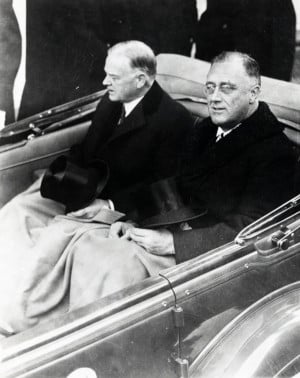
President Roosevelt made an important change to the law via the Cullen-Harrison Act. This allowed for the legalization of 3.2% beer and low-alcohol wine. It was a compromise that allowed for healthier social drinking. Not long after, a measure was passed to repeal the Eighteenth Amendment altogether. This became the Twenty-First Amendment and was ratified on December 5th, 1933. The amendment simply undid all the previous measures, ensuring that the manufacture, sale, and transportation of alcohol were fully legal once again.
Romanticizing the Prohibition Era
Not everything about prohibition was positive, especially considering the crime rates and alcohol withdrawals. It wasn’t a success from the point of view of so many people continuing to find ways to make and obtain alcohol either. It is undeniable that it will remain a curiosity and inspiration in different ways.
